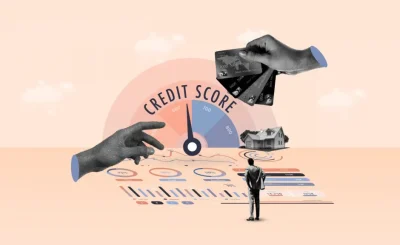Forgiveness programs offer an effective solution to reduce or cancel out debt, making payments simpler while improving credit. But the application process for various forgiveness programs can be an intimidating maze to navigate.
PSLF and IDR programs provide options that cater specifically to teachers, social workers, doctors, firefighters and members of the U.S. Armed Forces – among others.
What is Student Loan Forgiveness?
Student loans have become an expensive part of education for over 40 million Americans, yet there are ways to reduce debt such as loan forgiveness.
Navigating the loan forgiveness process can be complicated and often confusing. Many borrowers who were eligible have been denied loan forgiveness because their loan servicers misinterpreted or applied the law incorrectly; this page serves as a guide for you to better understand and navigate all available options.
The Biden administration is making changes to enhance student loan forgiveness programs, with its most recent announcement including an extension of time until forgiveness for public-service workers and those making payments under Income-Driven Repayment plans (IDR).
Community college and other borrowers with smaller loans will especially appreciate this relief, which will speed their path toward debt freedom more rapidly.
Public Service Loan Forgiveness (PSLF)
PSLF is a program that will forgive federal student loan debt after you work full-time for either the government or an eligible nonprofit for at least 10 years, provided your income-driven repayment plan caps monthly payments at a specified percentage of income and any forgiveness received is tax-free.
The Biden-Harris Administration has made significant changes to make PSLF more accessible for borrowers, such as allowing employers to certify employment for PSLF eligibility and crediting all previous payments towards forgiveness, which have already helped thousands of borrowers access this crucial benefit.
The Education Department is taking steps to remove barriers that prevented borrowers from reaping the benefits they deserved, such as eliminating stigma associated with PSLF application rejections and processing issues. We’re also making it simpler for borrowers who have already applied by streamlining the certification and application processes so they can start on their path towards loan forgiveness more easily.
Income-Driven Repayment (IDR)
IDR plans usually lower your loan payments while lengthening the repayment period; however, they can still lead to increased total debt if your payments don’t cover all the interest accruing monthly (known as negative amortization).
Income-Deferred Repayment plans offer two repayment strategies to accommodate loan borrowers who received loans prior to July 1, 2014 and provide forgiveness after 20 years; Income-Contingent Repayment limits payments at 5% of discretionary income for undergraduate and some graduate loans respectively.
One key point to keep in mind when considering an IDR plan is that any forgiven balance left at the end of its repayment period could potentially be subject to tax by the IRS. As such, it’s essential that you consider carefully whether an IDR plan fits with your goals before saving now if any bills arise in the future.
Pay As You Earn (PAYE)
Pay As You Earn (PAYE) and Revised Pay As You Earn (REPAYE) student loan repayment plans are income-driven programs that cap your monthly payments at 10% of discretionary income. Annual recertification may alter payments as needed throughout the year.
For PAYE eligibility, you must be considered a new borrower and have received your Direct Loan on or after October 1, 2007. Furthermore, your income must fall within 150% of your state and family size poverty guidelines to qualify as being in partial financial hardship.
PAYE plans are among the most popular in terms of IDR plans; however, they do have one major drawback that might put off some. Any unpaid balance after 20 years of payments will be taxed as taxable income and could potentially incur taxes at that time. If this concerns you, other options may be better suited for you.










